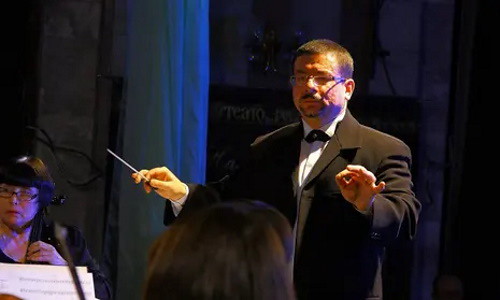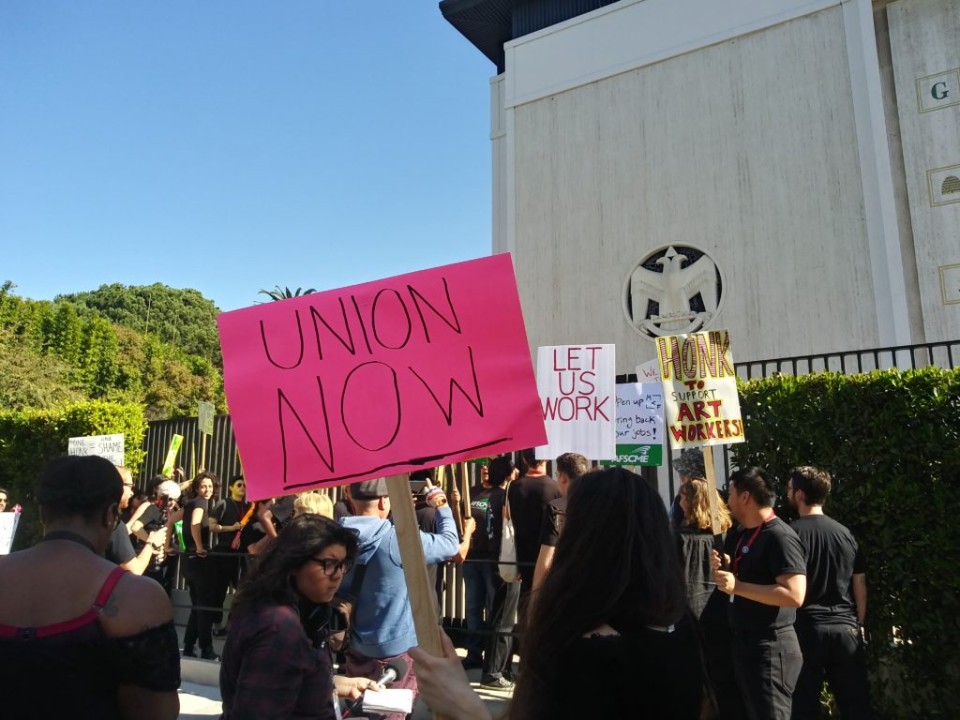The Smithsonian Breaks Code of Ethics of Arts Organizations
Forget that Bill Cosby is accused of so many egregious, and illegal acts. It’s almost beside the point of this story. This is part of the parable about The Smithsonian yet again at sea, lost among the public relations turbulence without an ethical compass to guide it. The Smithsonian has a sad history of unethical behavior (I clarify this to mean the code of ethics of any arts organization to follow established moral principles, to also protect the art from censorship, political interference and from simple conflicts of interest).
The Cosby case is the third in a series: the first is the Enola Gay exhibit planned for the 50th anniversary of the dropping of the first atomic bomb on a civilian population (Nagasaki, Japan 1945). The Air and Space Museum, which has among its collection the original airship (the Enola Gay) that dropped the bomb, planned an exhibit that commemorated the event but told the story not only of America’s winning the war but also of the destruction and horrible loss of life and suffering the bomb caused the citizens of Japan. The exhibit was deemed unacceptable by members of the US Congress (the Smithsonian is funded in large part by the US Treasury and members of Congress and the Chief Justice are members of its board) and ultimately its influence caused the exhibit to be altered. A pure example of political influence over artistic rights, demonstrating poor judgment on the part of the leadership of The Smithsonian and sending a chill throughout the museum community.
The second, more recent, was a 2010 exhibit at the National Portrait Gallery, a Smithsonian Museum. The exhibit, entitled Hide/Seek contained a work by the video artist David Wojnarowicz that included an image of ants crawling on a crucifix. The work, somewhat difficult by some standards (but nothing compared to what passes for PG 13 films shown in most movie theaters) was first placed out of view and then, under pressure from the Secretary (the CEO) of the Smithsonian, removed from the exhibit. The artist was deceased but there was a great outcry from the artist community and many artists whose works appeared in the show demanded they be removed. Their demands were refused. The Institute for Ethical Leadership and the Seton Hall Institute for Museum Ethics, in a joint conference discussed the events surrounding this situation. When I publicly challenged the decision of the Director of the National Portrait Gallery during the conference his response was simply, “What should I have done, fallen on my sword?” The exhibit traveled then to The Brooklyn Museum where the contested work was reinserted in the exhibit without any negative publicity.
The “Cosby exhibit” is the third. There is a code of ethics that nonprofit and government organizations must follow because those organizations are “owned” by all of us, given the right to exist tax-free (thereby subsidized by all of us) and intended for the public good. One element of the code is disclosure; another is conflict of interest. The other element of the ethical code (violation) is based on the premise that arts institutions have the power to change people’s lives and therefore have a responsibility to be truthful and to insure that truth to be unwavering and untarnished by outside forces. In the case of the exhibit at the Museum of African Art, works of art, owned by an individual (Cosby), which are part of an exhibit at such a prestigious institution and funded or paid for by that individual, clearly represents a potential conflict of interest.
Were the curatorial decisions made influenced by the funding – and in this case, by the friendship between the Director of the Museum of African Art and the Cosby’s? And, were the works owned by the Cosby’s made more valuable because they were exhibited at The Smithsonian?
A strict interpretation would say there is an appearance of a conflict. In this case, disclosing the connections could ameliorate the situation, but under the circumstances (the institution, the funding, the close friendship) even disclosure would not necessarily dispel the appearance. Many questions remain: Were the Cosby’s works chosen to tell a particular story about them? Were these works selected by the curator or by the Cosby’s? Did the inclusion of works that told the Cosby’s personal history create certain credence to their story?
Let’s not be fooled by conflating the pall over Bill Cosby the man. The courts will rule on that. But let us not give the Smithsonian or the Director of the African Museum a pass. Nations live or die, ultimately, by their values. Our national museums have a standard to uphold. We own them; they owe it to us to demonstrate the highest values.







